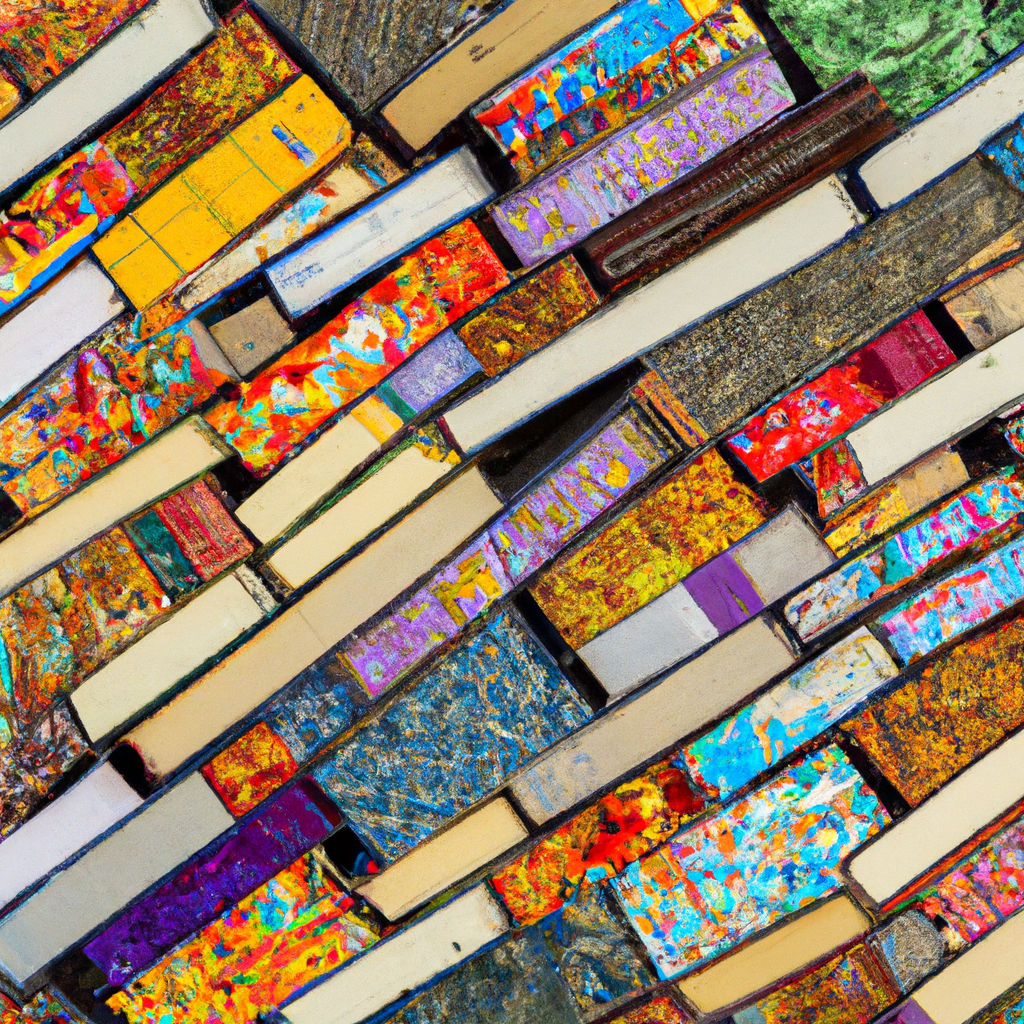
In the ever-expanding world of literature, translated modern fiction works hold a special place, as they offer readers a unique opportunity to explore the beauty of different cultures through the power of storytelling. These works, which bridge the gap between languages and societies, have the potential to transport us to unfamiliar settings and immerse us in captivating narratives. In this article, we delve into the enchanting realm of translated modern fiction works, uncovering their significance and exploring the challenges faced in their translation process. Join us as we navigate through the depths of language and culture, and discover the hidden gems that lie within these literary treasures.
The Significance of Translated Modern Fiction Works
Translated modern fiction works have a profound significance in promoting cross-cultural understanding and fostering global literary appreciation. Through these translations, readers are able to access stories that originate from diverse corners of the world, transcending geographical boundaries and language barriers. This exposure to different cultures broadens our perspectives, deepens our empathy, and enriches our understanding of the human experience.
Moreover, translated modern fiction works allow for the preservation and dissemination of cultural heritage. They serve as a bridge between generations, ensuring that stories and traditions are not lost to time. By making these works accessible to a wider audience, translators and publishers play a crucial role in safeguarding cultural diversity and promoting intercultural dialogue.
The Translation Process: Challenges and Considerations
Translating modern fiction works is a complex task that requires meticulous attention to detail, sensitivity to cultural nuances, and a deep understanding of the source and target languages. Translators face numerous challenges as they strive to faithfully capture the essence of the original work while making it accessible to readers in a different linguistic and cultural context.
One of the primary challenges in translation lies in preserving the author’s unique writing style and voice. Every writer has a distinct way of crafting their prose, and it is the translator’s responsibility to recreate this voice in the target language. This requires an intimate familiarity with both languages, as well as a keen sense of the author’s intentions and literary techniques.
Cultural differences also present significant hurdles in the translation process. Certain concepts, idioms, and references that are deeply ingrained in one culture may not have direct equivalents in another. Translators must navigate these cultural gaps and find creative solutions to convey the intended meaning without compromising the integrity of the original work. This delicate balancing act requires a deep understanding of both cultures involved.
The Art of Translation: Striking the Balance
Translation is not a mechanical process of word-for-word substitution; it is an art that demands creativity, adaptability, and a deep appreciation for the nuances of language. A skilled translator must possess a deep understanding of the source and target languages, as well as a sensitivity to the cultural context in which the work was written and will be received.
One of the key considerations in translation is striking the right balance between fidelity to the original text and readability in the target language. While it is essential to remain faithful to the author’s intentions, it is equally important to ensure that the translation flows naturally and resonates with readers. This delicate balance requires translators to make informed decisions about word choice, sentence structure, and cultural references.
Furthermore, translators must be adept at capturing the subtleties of language, including nuances of tone, rhythm, and style. They must be able to convey the author’s intended emotions and evoke the same response in the target audience. This requires a deep understanding of the cultural and literary context of both the source and target languages.
Appreciating Translated Modern Fiction Works: A Reader’s Perspective
As readers, we have the privilege of immersing ourselves in the beauty of translated modern fiction works. These literary treasures offer us a glimpse into the rich tapestry of human experiences, allowing us to explore different cultures, traditions, and perspectives. Through these works, we can transcend our own realities and embark on transformative journeys alongside the characters.
Translated modern fiction works often challenge our preconceived notions, expand our worldview, and ignite our imagination. They transport us to distant lands, introducing us to unfamiliar customs, beliefs, and landscapes. In doing so, they foster empathy, promote cultural understanding, and remind us of our shared humanity.
Conclusion
Translated modern fiction works hold a profound significance in the world of literature. They serve as bridges between languages and cultures, offering readers the opportunity to explore diverse narratives and expand their horizons. The translation process itself poses numerous challenges, requiring translators to navigate cultural nuances, preserve the author’s voice, and strike a delicate balance between fidelity and readability.
As readers, we have the privilege of delving into these literary treasures and unraveling the beauty hidden within their pages. Through translated modern fiction works, we can embark on transformative journeys, gain new perspectives, and foster a deeper appreciation for the richness of human experience. So let us celebrate the art of translation and embrace the magic that lies within these captivating works.



